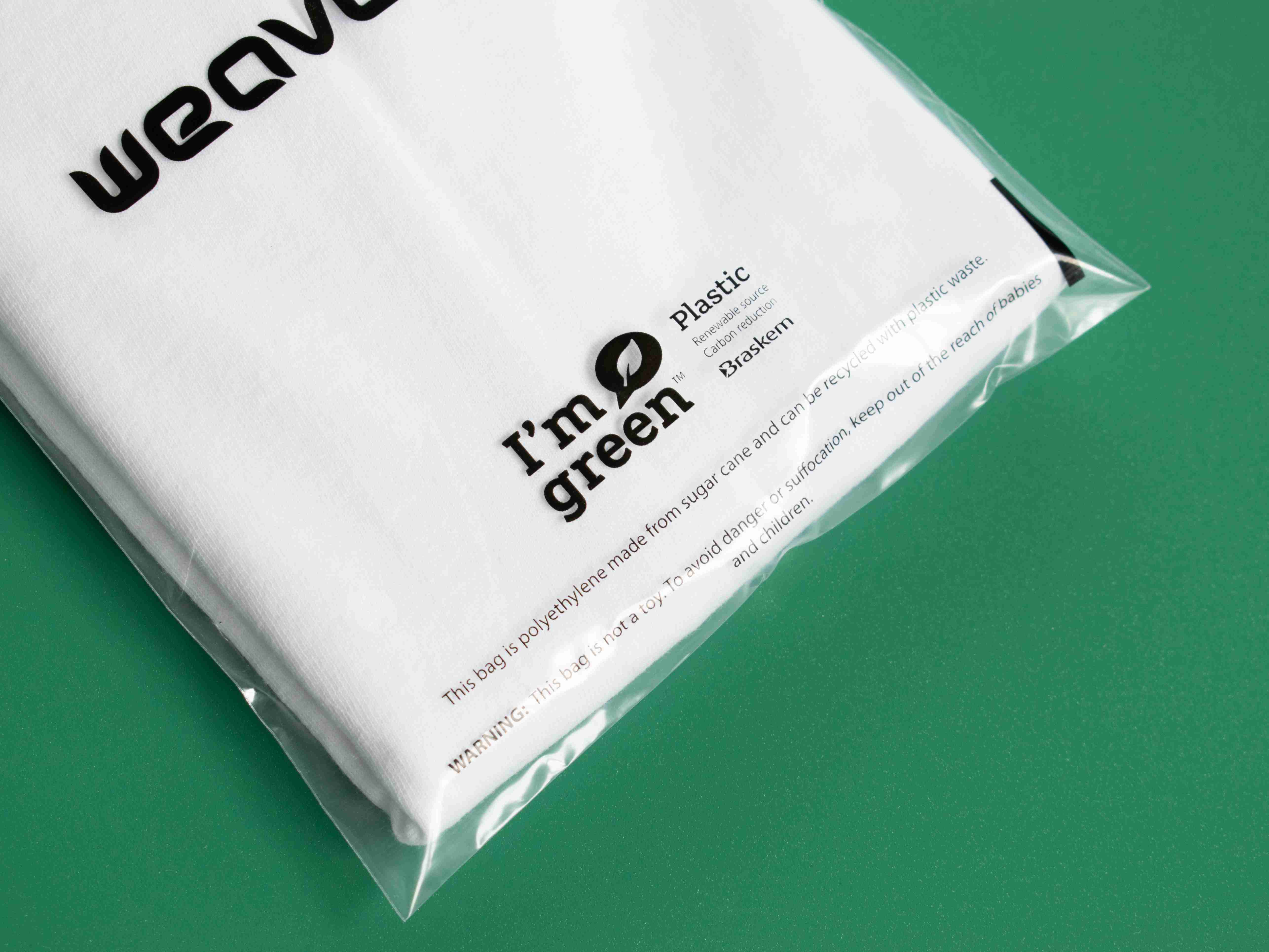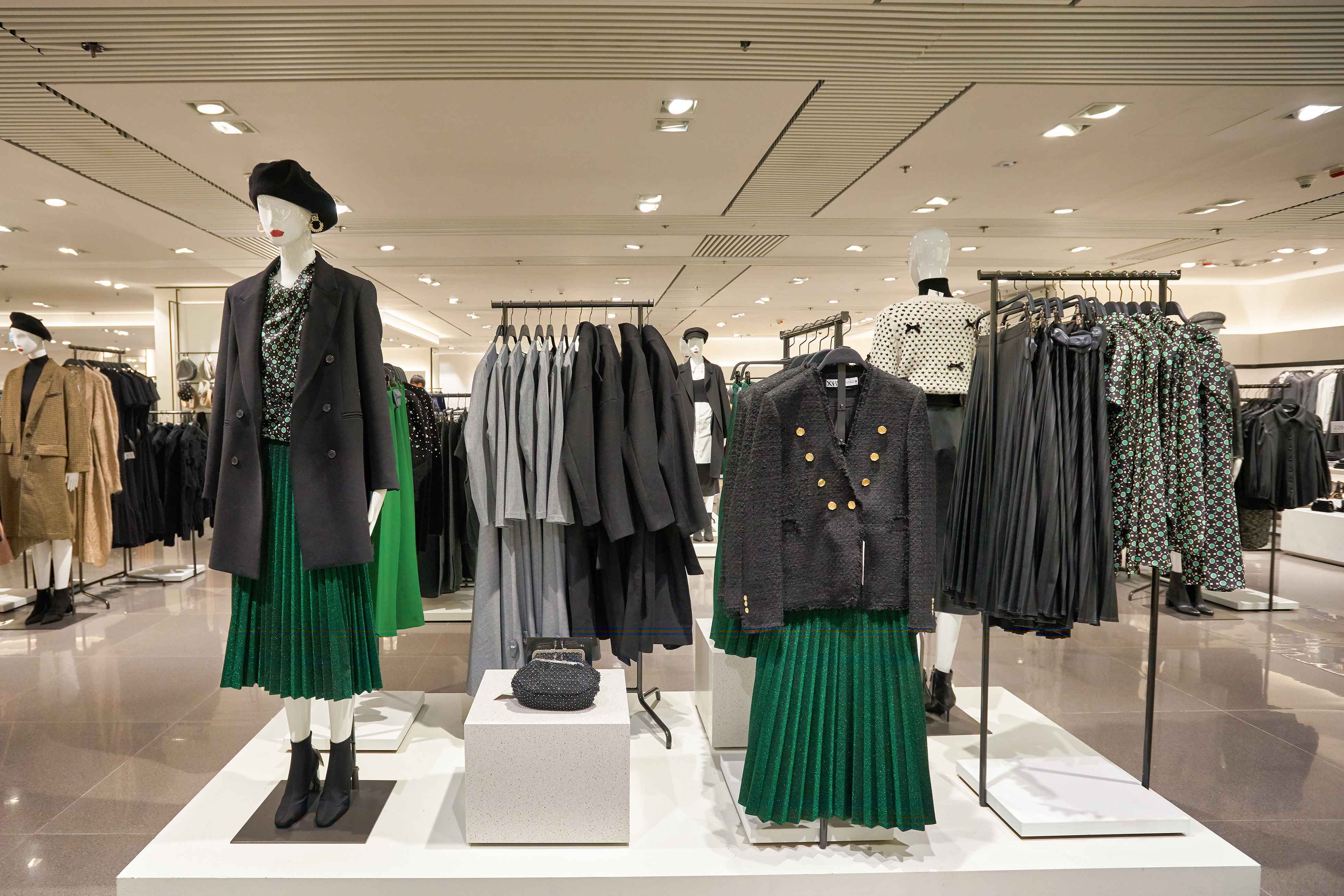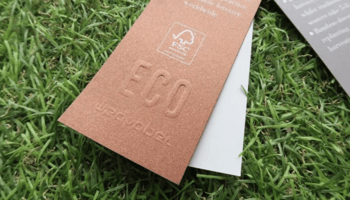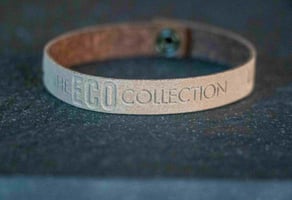Is sustainability in sportswear possible?
Sustainability in sportswear is a topic gathering traction. We discuss whether it’s achievable and the brands leading the way.
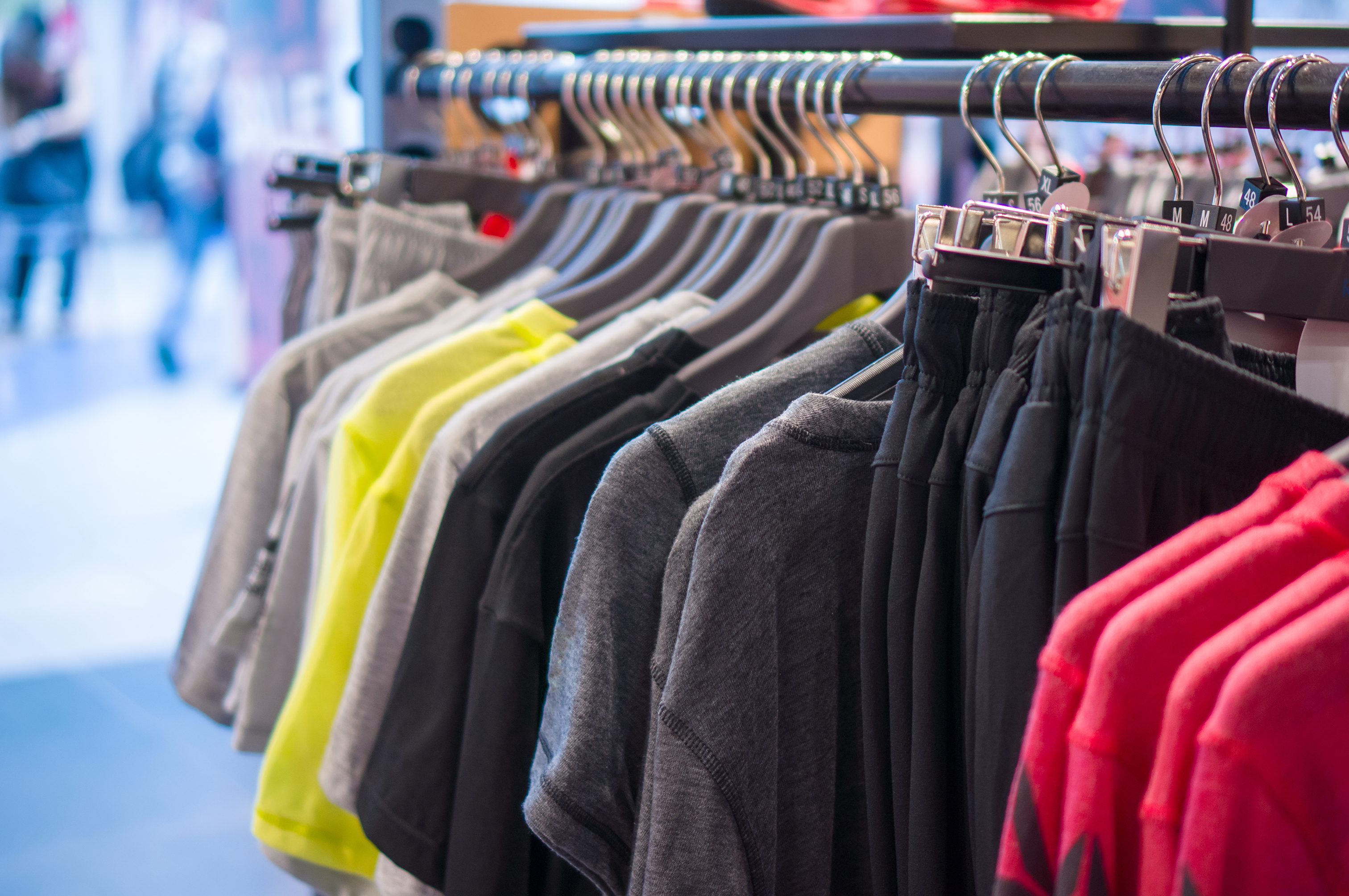
Sustainability is a topic that no industry can escape. Consumers are becoming more aware, governments are imposing regulations and climate change is accelerating.
One of the biggest sectors within fashion is the activewear industry. Is sustainability in sportswear possible? In this blog, we look at the influencing factors before reaching a decision.
The sportswear industry
First, we need to examine the industry as a whole when determining whether sustainability in sportswear is achievable. It’s a market expected to reach over 450 billion USD by 2028, so arguably, there’s enough money to reinvest in sustainability initiatives.
However, this figure also shows the demand for sportswear is vast, which typically means many options are available and many brands lean into the fast fashion sphere, which isn’t sustainable.
Nike sells over 780 million pairs of shoes annually. How many are in the 1.92 million tonnes of textile waste produced yearly? With apparel emissions expected to increase by 50% by 2030, something needs to change.
Thankfully, the industry is taking steps in the right direction.
Sportswear fabrics
Traditionally, sportswear involves many non-biodegradable fabrics, such as polyester, that use chemicals and plastics in their production. These fabrics had superior sportswear performance, such as moisture wicking and breathability. In their pure form, these fabrics aren't sustainable.
Cotton is also a popular fabric used in activewear, as it's breathable, washes well and is kind to the skin. While cotton is more sustainable as it’s biodegradable, cotton production has a lot of water waste — 2,700 litres to make one t-shirt, to be precise.
But as technology has progressed and innovation accelerates in the sector, there’s now a host of sustainable materials with sportswear performance features, which is the best of both worlds.
Some of these include:
- Recycled plastics: Post-consumer plastic waste can be used to create new polyester garments.
- Organic cotton: A sustainable alternative to traditional cotton, which uses much less water and pesticides.
- Recycled cotton: Cotton can be recycled into new garments, minimising waste heading to landfill.
- Bamboo: A regenerative, sustainable crop that creates moisture-wicking garments.
- Tencel: A cellulose fibre that uses less water, chemicals and energy than other fabrics.
- Cupro: A soft, sustainable material that repurposes old textiles.
Want to find out more about the best sustainable fabrics for sportswear? Read the full blog here.
The brands leading the way
TALA
Founded on the basis that sustainable sportswear should be easily accessible, TALA creates activewear basics made from eco-friendly materials and with fair labour practices.
You’ll find recycled and sustainable materials as commonplace in the product range. 0% of its products head to landfill, instead going on sale if not sold at full price. TALA is also a social media-driven brand, which means it has the luxury of gathering vast amounts of customer data to inform their ranges and ensure nothing misses the mark and ends up as waste.
All of the TALA swing tags are plantable, its London HQ runs on 100% renewable energy and it’s investing in becoming a circular business.
Gymshark
Perhaps one of the biggest names in the gym wear business, Gymshark has made big claims when it comes to sustainability:
- Committed to using 100% recycled polyester by 2025.
- By 2030, products will be reusable and recyclable.
- Partner with Thrift+ to encourage second-hand selling.
- Joined WRAP’s Textiles 2030 Initiative.
Nike
Nike’s history has been patchy when considering sustainability. In the past, they’ve been associated with large amounts of waste and unfair labour practices. However, its investment in the ‘Move to Zero’ initiative is seeing the brand progress in the right direction.
Now, it's investing in making its range as forward-thinking and sustainable as possible — its Space Hippie trainers are made of recycled materials. There are also recycling and donation programmes that give a new life to products after initial use.
Find out more about Nike’s sustainability journey in our deep dive blog.
Fjallraven
A brand for outdoor explorers, Fjallraven is dedicated to minimising its environmental impact. Nature is its biggest inspiration, so it’s no surprise that much of the range is committed to protecting it.
But it’s also a brand that’s big on performance, particularly keeping you dry in the wet outdoors, so it’s always a fine balance. You’ll find recycled polyester, G-1000 eco and traceable wool, recycled wool, organic hemp and tencel materials in its product range.
The brand is also dedicated to prolonging the life of its products for as long as possible. It does that through its Care & Repair programme, where consumers can buy products to re-wax, repair and care for their garments.
The verdict: Sustainability in sportswear
So, does this make sustainability in sportswear more possible? The answer — it isn’t a clear-cut yes or no. Many aspects need to change before an entire industry can become sustainable.
Significant investment, changes to operations, reduced fast fashion and increased circularity must happen before sustainability can ever be reached.
But this requires changing business models, public perception and arguably, profit margins, too.
While there have been significant strides towards change and sustainable sportswear brands are gaining popularity daily, there’s still a long way to go.
Helping the sportswear industry become more sustainable
However, that doesn’t mean it’s impossible. Small changes can make a big difference over time, with one of those changes being your packaging and trims. To find out more about sustainability in the sportswear sector, head over to our sportswear hub.

